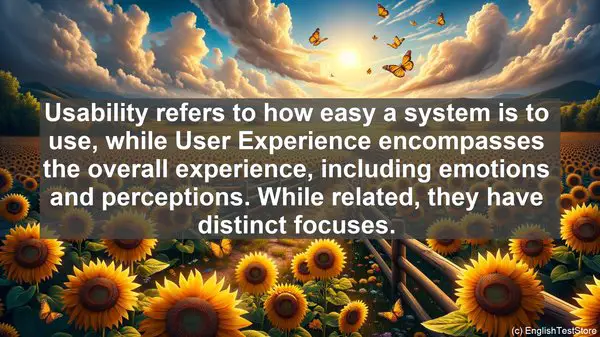Introduction to Human Factors Engineering
Welcome to today’s class on Human Factors Engineering. This discipline focuses on designing systems that are efficient, safe, and user-friendly. While it’s an exciting field, there are some words that often cause confusion. Let’s dive into the top 10!
1. Usability vs. User Experience
Usability refers to how easy a system is to use, while User Experience encompasses the overall experience, including emotions and perceptions. While related, they have distinct focuses.

2. Efficiency vs. Effectiveness
Efficiency refers to accomplishing tasks with minimal resources, while Effectiveness is about achieving the desired outcome. In Human Factors Engineering, both are crucial.
3. Human Error vs. System Failure
Human Error occurs due to individual actions, while System Failure is a result of design or technical issues. Understanding their causes helps in preventing accidents.
4. Ergonomics vs. Anthropometrics
Ergonomics focuses on designing for human comfort and efficiency, while Anthropometrics deals with human body measurements. Both are essential for creating user-centric designs.
5. Affordance vs. Signifier
Affordance refers to the perceived functionality of an object, while Signifier is a visual or auditory cue that guides users. Both aid in intuitive interactions.
6. Task Analysis vs. Cognitive Walkthrough
Task Analysis breaks down activities into steps, while Cognitive Walkthrough focuses on evaluating the system’s usability. Both methods provide valuable insights.
7. Heuristic Evaluation vs. Usability Testing
Heuristic Evaluation involves experts assessing a system’s design, while Usability Testing involves real users performing tasks. Both methods uncover usability issues.
8. User-Centered Design vs. Participatory Design
User-Centered Design involves understanding user needs throughout the design process, while Participatory Design actively involves users in decision-making. Both approaches prioritize user input.

9. Wireframe vs. Prototype
Wireframes are low-fidelity representations, while Prototypes are interactive models. Both aid in visualizing and refining designs before implementation.
10. Haptic Feedback vs. Tactile Feedback
Haptic Feedback provides a sense of touch, while Tactile Feedback refers specifically to touch. Both enhance user interactions, especially in digital interfaces.
